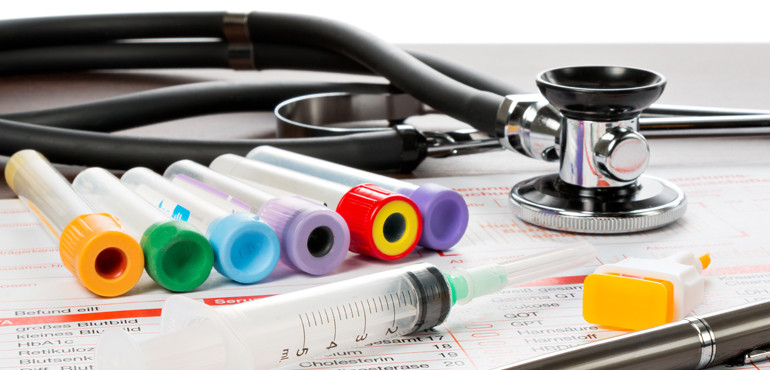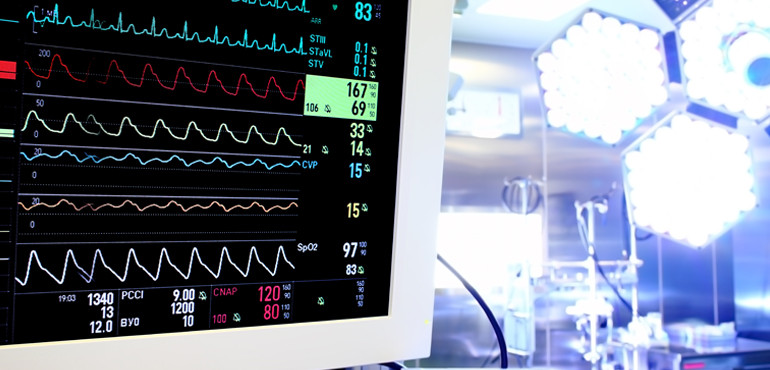Pointers on choosing the right HIS Vendor.
Automation of your hospital processes is a daunting mission to undertake. While the hospital management can try everything within its purview to make this change a success, a major factor is the IT partner working with you on this project. Choosing the right vendor for your Hospital Information System (HIS) is the first step towards making hospital automation a runaway success.
In this post we list out for you the key steps in the process of selecting the right HIS vendor.
1. Brain storm
Before embarking on the project to find the best HIS vendor in the market, pause to do some brainstorming. The hospital management should be clear about what they want from the software. Make an exhaustive list of ‘Need to have’ and ‘Nice to have’ features. These will help form the base for comparison between various HIS vendors.
2. Contact HIS Vendors
The Internet is the easiest way to identify the top Hospital Information System (HIS) vendors and contact them. Most of the good ones will have a good responsive website with sales query forms. Go to their websites and fill up the form. Most of them have a dynamic process to follow-up on sales queries and they will get in touch with you. Go with your list of ‘must have’ features and start asking for demos from the ones who are able to answer your queries and concerns clearly.
3. Check for Specialty
If you are an Ophthalmology, Ante Natal, Dialysis or any such specialty hospital, ensure that you choose vendors who have worked with your kind of specialty before. They should understand and have a product with workflow that is customized for your specialty.
4. Take a Thorough Demo
Be prepared for an online demo. It’s the best and one of the most common method to validate the product specification against your needs. Keep your list of major pain points and concerns handy and ensure that you get a complete understanding of how the software can help you plug these problems.
5. Clarify about Customizations and Scalability
No software will come completely made as per your requirements. Customization will be an inevitable part of your journey of automation. Clarify whether the HIS software can be customized as per your hospital workflow.
6. Go for Growth
Keep the anticipated growth of your hospital in mind while buying new software. Cloud based software is the best option given that it protects you from technology obsolesce and is easily scalable. Cloud based Hospital Information System (HIS) also saves you a lot of money since you will not need to invest on expensive servers and resource to maintain and manage it. Make sure the software you are buying has scaling capabilities as per the projected growth of the company.
7. Check about Integration
Choose a vendor who can integrate the software with your existing ones so you don’t have to re-invest. You may already have a lab that is automated and you want the new HIS to integrate with it seamlessly. This will help make the process of integration easy for you.
8. Unhide the Hidden Costs
If you are satisfied with the projected features and customizations in the software, analyze costs. While evaluating the costs consider, all the costs that will be part of buying and maintaining the software. Ensure that the costs related to customizations, post-sales training, documentation, installation, annual maintenance cost, annual renewal costs, updating costs and the taxation is all clearly spelt out in the commercial proposal.
9. Check Credentials, Certificates & Referrals
While evaluating a Hospital Information System vendor, be sure to do a background check on the company you are finalizing. Look for their current customer base and prominent brands they have worked for, customer testimonials in their website, the profile of their leadership team and industry recognition.
Going for a new hospital information software is a Change Management challenge. Make sure you are prepared for it and are able to transition smoothly and painlessly.








